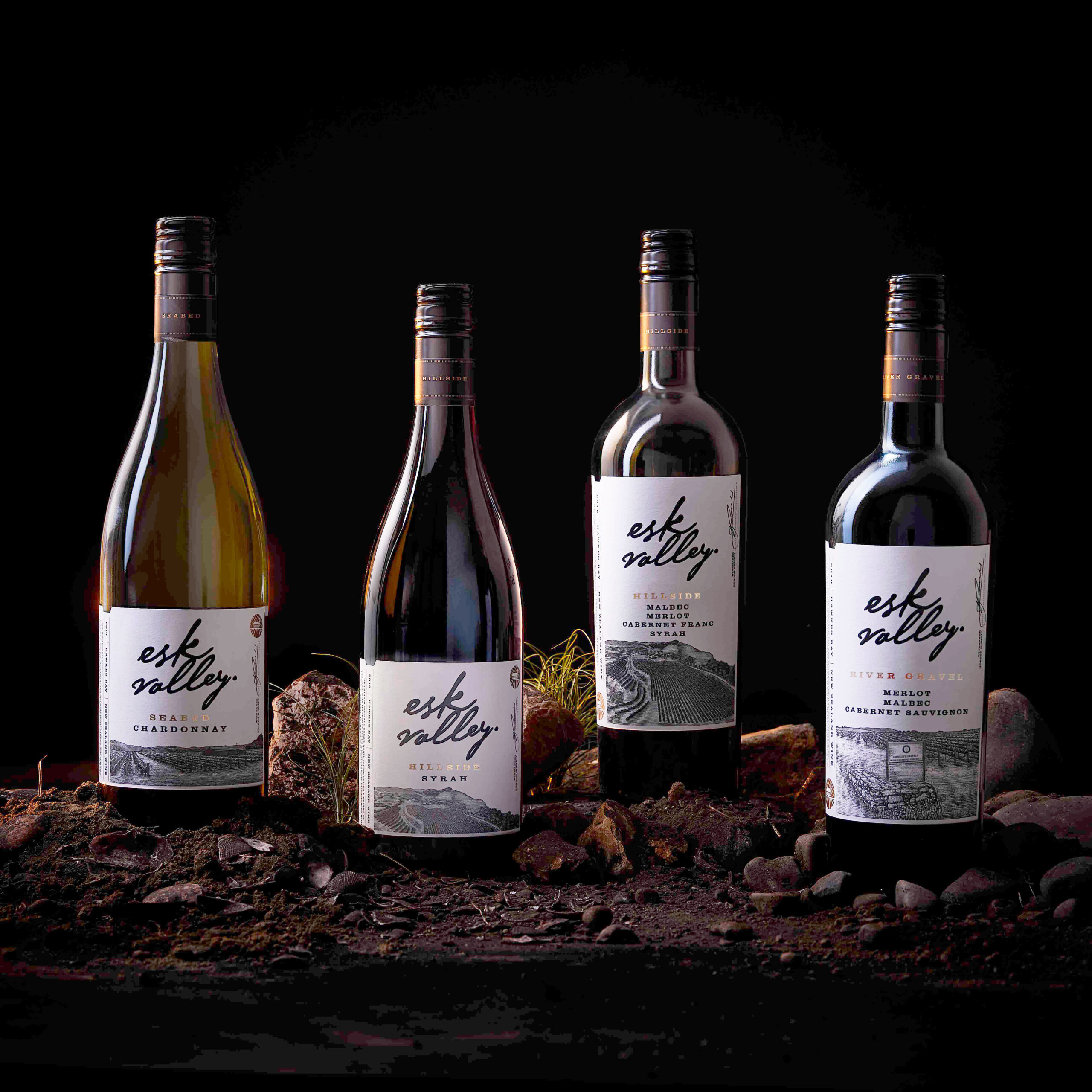A recent study by Victoria University of Wellington reveals that staghorn fern colonies display behaviours found in ant or bee colonies, named ‘eusociality’.
Eusociality is a phenomenon that before now has only been observed in animals. It occurs when animals live in colonies comprised of different generations of adults, where labour is subdivided into reproductive and non-reproductive groups, and offspring are cared for cooperatively.
Staghorn ferns can be bought at any local garden store, and will grow like any other pot plant. But in the wild, staghorn fern colonies grow on the branches of rainforest trees, with individual plants collaborating to build a communal store of water and nutrients to help ensure their survival.
Individuals living in colonies, working together through the division of labour and cooperating to care for young is nothing new in the animal kingdom, but the discovery of this behaviour in a plant offers a major breakthrough in our understanding of how life has evolved on Earth.
The study was conducted in the wild on Lord Howe Island, off Australia’s East coast, and led by Professor Kevin Burns by Victoria University. Speaking of eusociality, Burns says “to see this in plants is really exciting and will require a significant reappraisal of plants and the evolution of life, in general.”
In order to confirm the extent of staghorn ferns’ social lives and life history, Professor Burns has applied for a Marsden Fund grant that will allow the team to conduct comprehensive testing.
“Our research project provides a turning point in our understanding of biological complexity, as it would demonstrate that plants and animals can take the same evolutionary path towards becoming more biologically complex organisms.”







